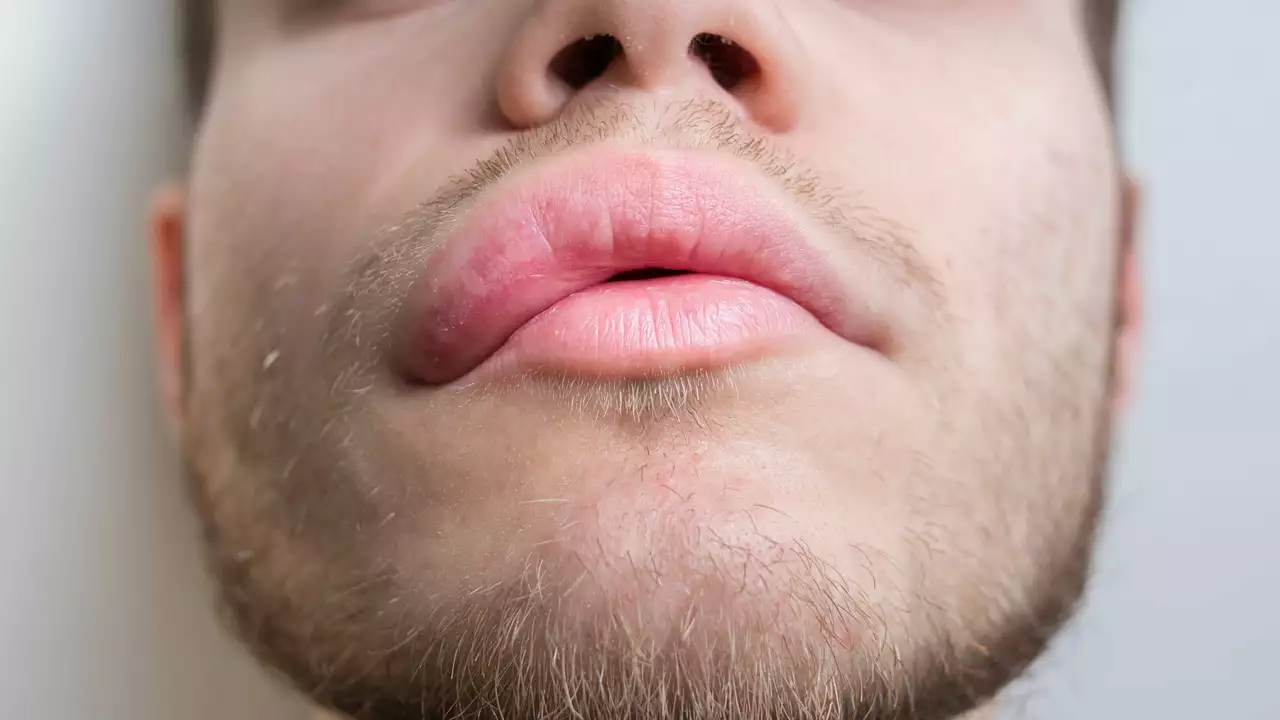SEARCH
Angioedema Explained: What It Is, Why It Happens, and How to Respond
If you’ve ever seen a sudden puffiness on the face or lips that looks like an allergic reaction gone wild, you’re probably looking at angioedema. It’s not just a minor rash – it’s swelling deep under the skin that can spread quickly and sometimes threaten breathing.
Typical Signs and Fast‑Acting Symptoms
The first clue is usually a smooth, firm swell on the eyelids, lips, tongue, or even the throat. Unlike hives, angioedema doesn’t itch much, but it can feel tight or heavy. If you notice trouble swallowing, a hoarse voice, or tightness in the neck, treat it as an emergency – airway blockage can happen fast.
Other tell‑tale signs are:
- Swelling that appears within minutes to hours after exposure
- Painful or burning sensation in the affected area
- No rash on the surface, just deep swelling
Common Triggers You Should Watch For
Most people think allergies are the only cause, but there are several triggers:
- Food allergens: peanuts, shellfish, or dairy can set it off.
- Medications: ACE inhibitors (used for blood pressure) are a frequent culprit.
- Infections: some viral or bacterial infections provoke swelling.
- Physical factors: cold, heat, or even stress can trigger a reaction in sensitive folks.
If you’ve had an episode before, keep a list of suspected triggers and share it with your doctor.
Quick Home Steps While Waiting for Help
When swelling starts, act fast but stay calm:
- Take an antihistamine if you have one on hand – it may reduce mild swelling.
- Apply a cool compress to the area for 10‑15 minutes. Don’t press hard; just let the cold ease discomfort.
- If you carry a prescribed epinephrine auto‑injector (EpiPen), use it right away. This can buy crucial time before emergency services arrive.
Even if symptoms seem to improve, still seek medical evaluation. Angioedema can come back or worsen later.
When to Call 911 or Your Local Emergency Number
Never wait for the swelling to subside on its own if you notice any of these:
- Difficulty breathing, shortness of breath, or wheezing
- Swelling of the tongue, throat, or voice changes
- Rapid heartbeat or feeling faint
These signs mean your airway might be closing – immediate medical help is critical.
Long‑Term Management and Prevention
After the acute episode passes, talk to a healthcare provider about prevention. They may recommend:
- Switching off ACE inhibitor meds if they’re the cause
- Prescribing daily antihistamines or other drugs that block swelling pathways
- Allergy testing to pinpoint foods or substances to avoid
Keeping a medical alert bracelet that mentions “angioedema” can also save time if you’re unable to speak during an attack.
Angioedema isn’t something to ignore. Recognizing the signs, knowing your triggers, and having a quick‑action plan can keep the swelling from turning into a life‑threatening situation. Stay aware, stay prepared, and don’t hesitate to get help when you need it.

The Connection Between Allergies and Angioedema
In my latest post, I explored the fascinating link between allergies and angioedema. It turns out that both conditions are driven by our body's immune response to harmful substances. In some cases, this reaction can trigger inflammation, leading to symptoms like itchy, red skin, or in more severe instances, angioedema, which causes swelling beneath the skin. While not always connected, allergies can indeed make one more susceptible to angioedema. It's crucial to understand this connection to manage both conditions effectively.
Continue reading